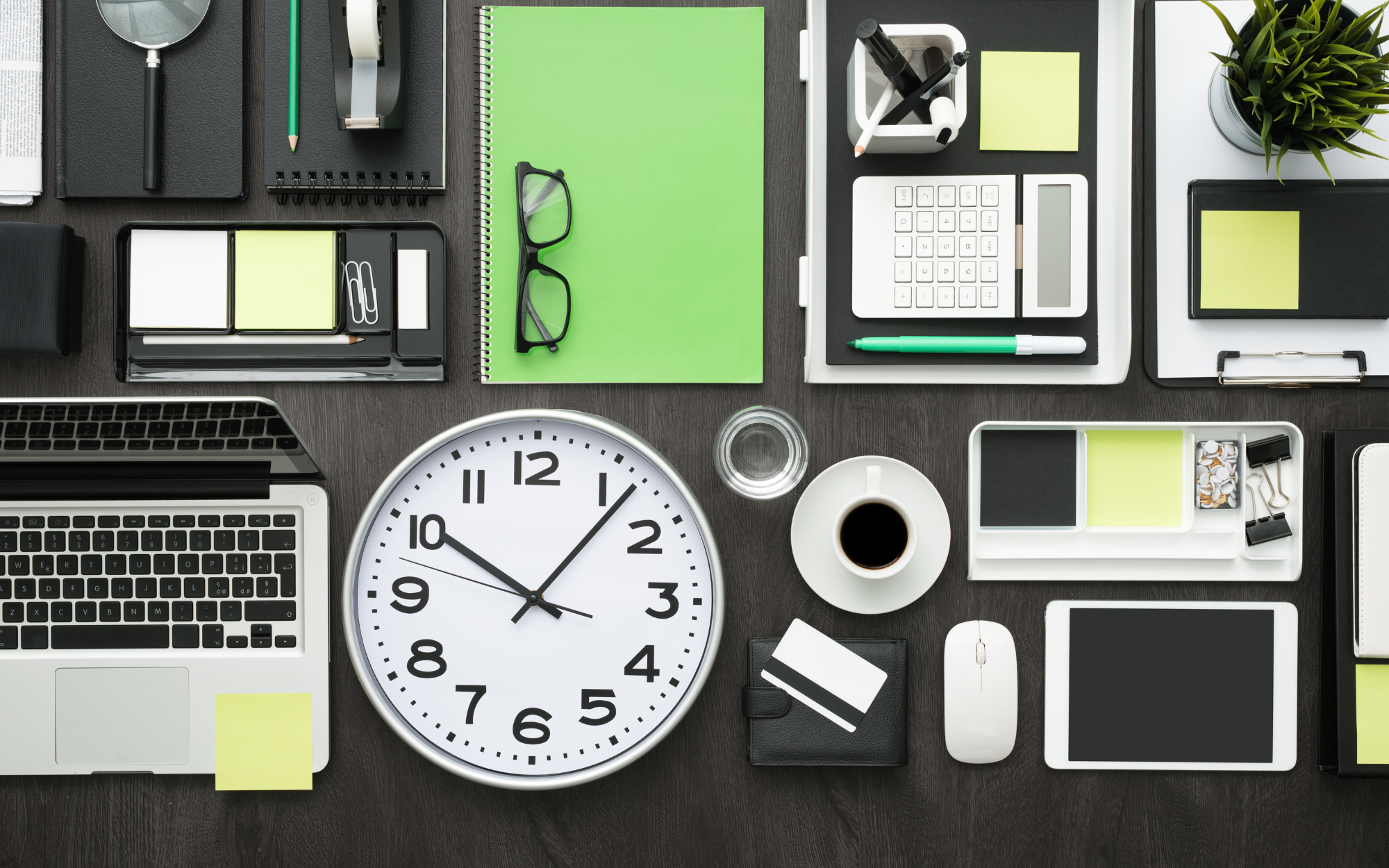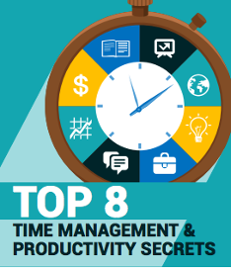When to Work and How to be More Productive in Today’s Digitally Connected World

Productivity, in simple economic terms, is the output derived from a particular unit of time. Being able to do more means you don’t have to work overtime and you can stay on top of your work. For years, organizations have been trying to increase the productivity of their people. However, with the increasing amount of digital interruptions and the overload of information employees face, are there things that people and organizations can do to be more productive?
Some argue that there are certain times of day when they are more productive. A poll conducted by Management Consultant Karen Leland revealed the following:
|
Percentage of Survey Takers |
Reported time most productive |
|
36% |
9 am to 11 am |
|
31% |
Before 9 am |
|
16% |
4 pm to 6 pm |
|
9% |
7 pm to 10 pm |
|
6% |
12 pm to 2pm |
While it seems like there is quite a variation among the times reported when people are most productive, it can easily be inferred that the time around mid-day is when most people’s productivity goes down. Around noon is usually when people take their lunch break and most will agree that an excessively full stomach can result in feeling more sleepy and needing another coffee to get your concentration and focus back.
While some report to be morning people, others may say they are more of a night owl. The key lies in knowing what works for you. Being conscious about the way you spend your time and the quality of work you produce for a week will give you a good idea about which times of the day you are in the “flow”.
5 tips to be more productive at workplace in today' digitally connected world:
Don’t check emails first thing in the morning
Having a set time for checking emails versus doing it the first thing in the morning is one way to use the morning hours to be more productive. Since around lunch time is usually a lower productivity time, why not get through them at that time?
Disable alerts
Each time you are interrupted by a text, call or email, it takes about 20 minutes to get back in the flow of the work you are doing. When you are in the middle of a task, it’s better to disable alerts.
Write things down
Starting out your day with a list of things to do is a good way to get you focused on what needs to be done. There are many apps available that help you make checklists easily. You can even create a simple document and type the tasks for the day. Not only does it help you for the day but how you spend your days is now on file for later referral to track deliverables or even show your great productivity to your boss when you ask for a raise.
Get rid of distractions at your workspace
There is lot of research that says that environment influences output. A clean workspace gives you an organized mindset to set you off on your goal to be more productive.
Limit digital clutter
It is inevitable that you will have to respond to emails, take calls, text, tweet or even reply to LinkedIn messages. The key is to set some time aside for each of them. If your job involves interacting and engaging with people then there are plenty of surveys that let you know when is the best time to do what. Engaging on social media is best, for example, between 11 am to 4pm, especially for business purposes. Even something simple like not using tabbed browsing and limiting the number of applications you run on your system concurrently can be very useful.
Remember, each individual is different and works differently. Knowing your unique quirks and what works for you is the best way to keep refining the way you work and be more productive.
Want to learn more time management tips ? Download our free eBook by click below :

